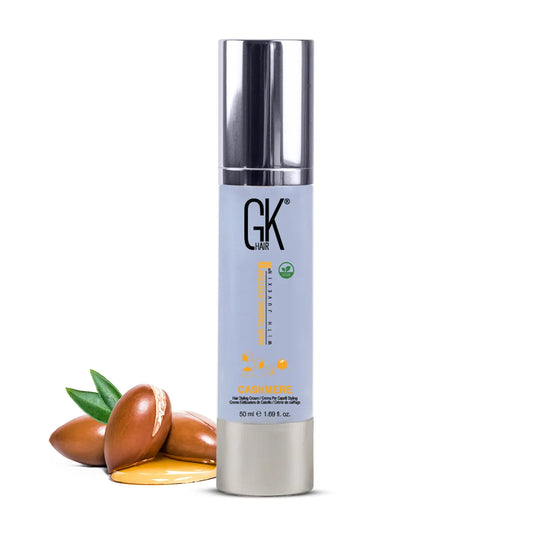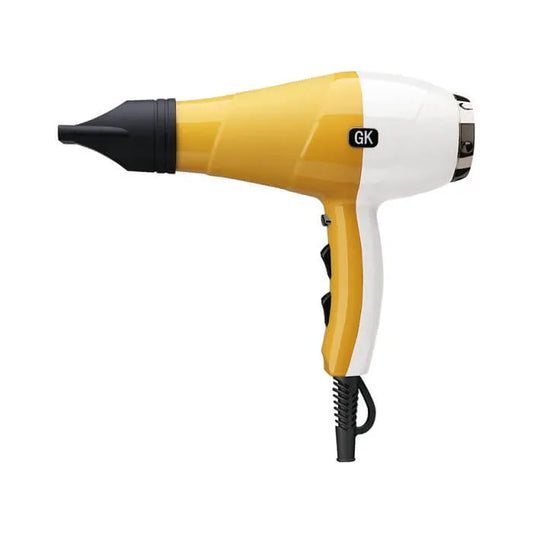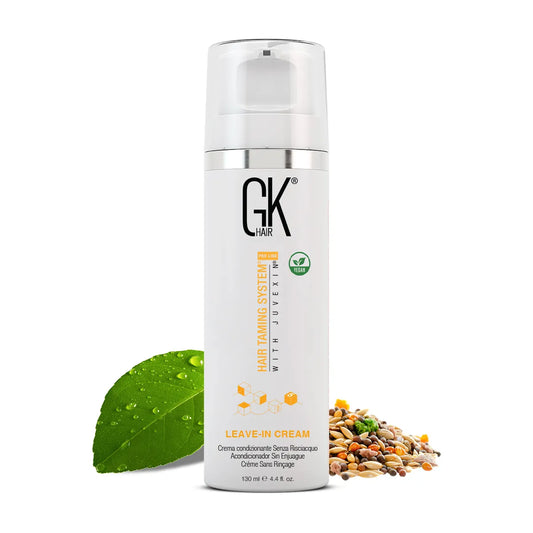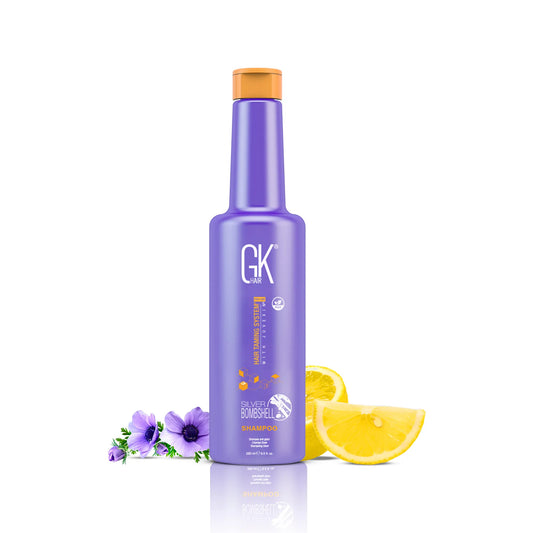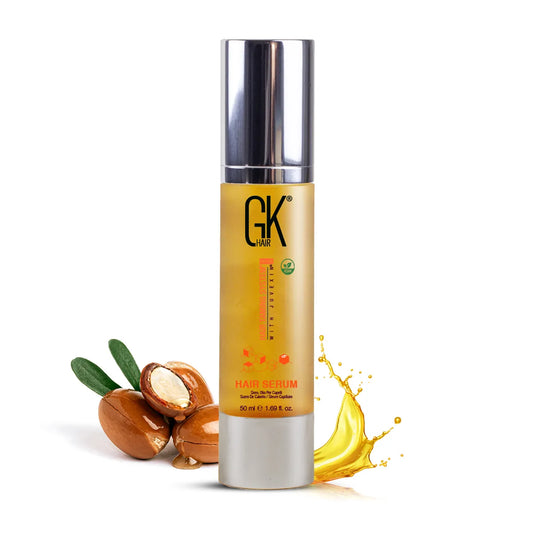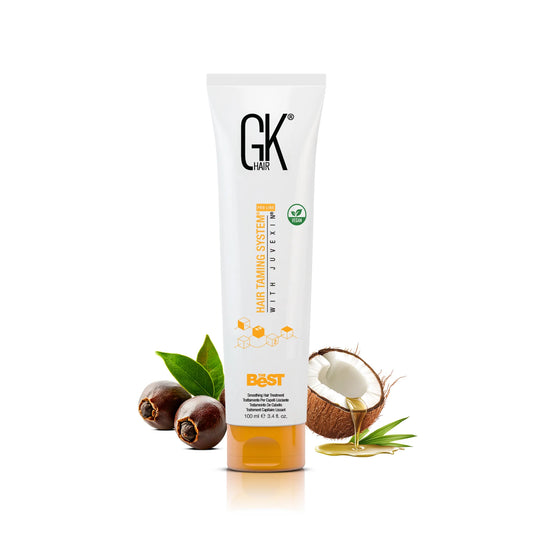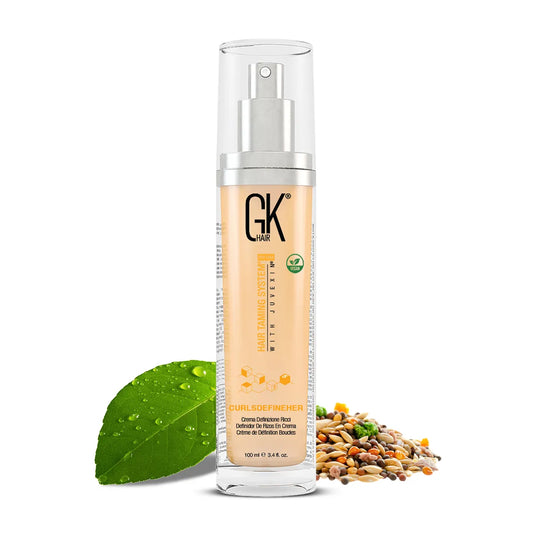You can spend a long time styling your hair just to wake up to a frizzy mess the moment you step out of the door. Unpredictable weather patterns might be killing your hair. To get that shiny, frizz-free hair without killing it, you need to make the right decisions.
Understanding the Science Behind Frizz
Moisture imbalance is a major cause of frizzy hair especially in Canada where humidity levels change a lot between seasons. If there is lots of moisture in the air and your hair is very dry, your strands will soak up water from the environment. This process will affect the hydrogen bonds within the hair’s keratin structure which makes the strands swell. As a result, it will create that familiar frizzy texture.
Hair porosity determines how to get rid of frizzy hair—they go hand in hand. High porosity hair takes in moisture, however, cannot retain it. This imbalance happens because of the raised cuticles caused by genetics, chemical treatments or heat damage.
On the other hand, low porosity hair has tightly sealed cuticles that won’t permit the passage of moisture. In such a situation, your hair becomes dry and frizzy because it is not getting hydration from humid air.
Also, frequent heat styling, harsh detergents or chemicals, and hot showers leaves the cuticle raised and porous by stripping it off its natural oils. Genetics and curl patterns also matter. However, the core trigger for frizz remains loss of balanced hydration.
Canadian Climate Challenges for Hair Health
Living in Canada can cause unique hair care challenges throughout the year. The country’s extreme seasonal variations and people’s active lifestyles create a perfect storm for frizz development.
Humid Summers
During summer, moisture content in the air is not stable. Therefore, warm air will contain more water molecules than normal. When this occurs, external humidity becomes greater than hair’s internal moisture, which makes strands swell and bend out of alignment.
Icy (Bone-Dry) Winters
Your hair dries in cold air because of the little moisture present in the air. In addition, indoor heating causes static and this makes your hair fibres break easily. The type of hats and scarves you use during this season can make your hair frizzy due to friction.
Strategies on How to Get Rid of Frizzy Hair
To get rid of frizzy hair, constant hydration and climate-smart habits must be developed. Start with the following methods:
Gentle Cleansing and Conditioning
Wash your hair properly using a good quality shampoo. Use GK Hair’s Moisturizing Shampoo because it will not strip your hair of its natural oils that protect your strands. Avoid washing your hair every day, as it can open up your cuticle which leads to frizz. Instead, wash 2-3 times per week based on your hair type.
Hot water is not good for your hair, make sure to use warm water while washing in order to prevent further damage. Use a conditioner to close the cuticle and trap in moisture after shampooing. Work in a good conditioner, such as our Moisturizing Conditioner, from mid-lengths through to the ends.
Strategic Drying Techniques
Dry your hair using a microfiber towel or an old t-shirt made of cotton to softly squeeze out water, then air-dry. Do not towel-dry your hair aggressively since this will most likely cause friction between the hair and towel. This wrong method will result in hair breakage and frizz.
Avoid the use of heat styling tools. However, if you have to use it, ensure you apply a heat protectant before heat application. Also, keep temperatures below 370oF (187oC) to minimize damage that may occur during application. Use heat-safe products like the Ion Pro Blow Dryer to reduce heat damage. Air-dry your hair to 80-90% before using a blow dryer on cool settings. This will reduce the amount of heat that goes into your hair.
Protective Hair Styling
Cover your hair with silk or satin-lined material. These materials will reduce friction and static electricity that cause frizz. Dry your hair before going outside during winter because wet hair freezes and breaks in the cold.
Choose hairstyles that can protect your hair from cold or wind damage such as buns and braids. They’re not only a shield for your hair but also a barrier preventing hair-to-hair contact which leads to breakage from rubbing. For curly hair, use GK Hair’s Cashmere Styling Cream to achieve a perfect wave without moisture loss.
Do you have type 2B hair? Learn How to Get Rid of Frizzy Hair in 2B Curls
Natural Ingredients That Fight Frizz: What You Should Look Out For
The product that you put in your hair makes a huge difference. Some ingredients can help keep your hair smooth, soft and healthy; others can’t. Here are the top ones to look out for in your hair products:
Hydrating Oils
Hydrating oils retain moisture and improve the look and health of your hair. They do not replace water or true hydration - they seal in what’s already there. Argan oil stands out as an effective anti-frizz ingredient. It provides lightweight moisture without weighing hair down. Rich in vitamin E and fatty acids, it smooths cuticles and creates a protective barrier against humidity.
Coconut oil offers deep conditioning properties, penetrating the hair shaft to prevent protein loss and reduce frizz. Works best for damaged and dry hair.
Protein-Rich Treatments
Keratin treatments can significantly reduce frizz by filling gaps in damaged hair cuticles. Professional keratin treatments like The Best Keratin Hair Treatment uses Juvexin to repair and strengthen hair from within. Juvexin V2 is a plant-based protein derived from quinoa and pea. For at-home treatment, consider adding hydrolysed keratin products into your routine. These smaller protein molecules can penetrate the hair shaft more effectively than whole proteins.
Natural Humectants
Natural humectants are chemical-free ingredients that attract and hold water. They take in moisture from the air and trap it in your hair. Examples are Aloe Vera, Honey, Glycerin etc.
Aloe vera is a natural conditioner. It smoothens the hair cuticle whilst providing enough hydration. Honey is another good natural humectant. It draws moisture from the air and locks it into hair strands. Not only this, you can create a moisturizing mask by mixing honey with olive oil or yoghurt for an improved hydration.
Hair Routine Seasonal Adjustments for Frizz Control
Summer Heat & Humidity
Main Risk: Swelling cuticles
Simple Fix: Finish hair with a cool rinse after washing and use a serum containing argan oil
Autumn Wind
Main Risk: Dehydration & tangling
Simple Fix: Wear loose braids and apply Leave-In Cream mid-day
Winter Cold
Main Risk: Electron build-up
Simple Fix: Change your cotton pillowcase to silk and use humidifier when you are indoors
Spring
Main Risk: Product overload from frequent washing
Simple Fix: Do not use any product with sulfates. Also, wash hair with warm water - not hot water as this will help reduce dryness.




